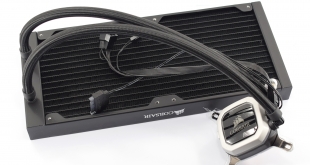
Along with the launch of its new 360mm liquid cooler – the H150i Pro – today Corsair has also released the H115i Pro, a smaller 280mm AIO. In reality, radiator size is the only real difference between the two models, as they are identical in every other area. You do save $30 by going for the smaller model, though, but might that be cash worth spending instead? Let's find out.
If you've come straight to this review, be sure to read the H150i Pro review on our front page today. This review is all about the Corsair H115i Pro, however, so let's dive right in and see how good this 280mm liquid cooler really is.
Specification
- Coldplate Material: Copper
- Tubing Material: Low permeation with black sleeving
- Radiator Material: Aluminium
- Radiator Size: 315mm x 143mm x 29mm
- Fan(s) Included: 2x ML Series 140mm PWM Fans
- Fan Max Speed: 1200 RPM
- Fan Airflow: 55.4 CFM
- Fan Static Pressure: 1.27 mm-H20
- Fan Noise Level: 20.4 dB(A)
- MSRP: $139.99
The Corsair H115i Pro ships in essentially the same box as the H150i Pro – it is bright and colourful, with a large product photo on the front.
Inside, the manual does everything it needs to do with clear instructions and easy to understand diagrams, so no complaints there.
The installation hardware comes in one big bag, with smaller bags inside it. The bags aren't labelled, though.
Coming to the two included fans, these are new stock fans for Corsair's Hydro coolers as they are actually from the company's ML series. The H115i Pro obviously comes with larger, 140mm fans as the cooler uses a 280mm radiator. Interestingly, the H115i Pro fans actually spin slower (1200rpm) than the fans that come included with the H150i Pro (1600rpm).
Now, the radiator itself is pretty standard for a 280mm AIO – it measures 315mm x 143mm x 29mm, while the braided tubing is approximately 14 inches (or 35cm) long.
The pump also uses the same new design as the H150i Pro, so it has a lovely two-tone look and the RGB logo right in the middle.
Lastly, the pump has three cables coming off it: 1x SATA power cable, 1x 3-pin pump header and then 1x fan header cable, which supports up to two 4-pin fans.Here I will walk you through the installation process. It is worth noting we test using a Z97 motherboard – socket LGA 1150. The process below reflects that.
As the H115i Pro is still an Asetek design, it features the same installation process as other Hydro coolers – including the H150i Pro.
First, the backplate must be prepared – for our Z97 motherboard, the screws should be in the inner-most position.
Once the backplate has been positioned behind the motherboard, four standoffs can be screwed into the backplate.
With that done, get the two 140mm fans out of the way by screwing them onto the radiator.
Then, the pump can be mounted to the CPU and secured with four thumbscrews.
That's it for installation – it's very, very easy and that is much appreciated.
Note: if you cannot see the above gallery, please disable AdBlock as it is known to interfere with our display code.
Lastly, touching on the RGB lighting, it is exactly the same as the H150i Pro as they have the same pump design. That means you control the lighting via Corsair Link, and users can choose between static, blink, colour pulse, colour shift, rainbow or temperature modes.
The colours themselves are bright and look very good, so no complaints there. I personally am a big fan of RGB lighting, so perhaps some RGB fans would've been nice, but as it is, the H115i Pro looks very good.To test all CPU coolers, we devised an easily repeatable test with no variables other than the coolers themselves. This ensures that figures from every cooler we test are comparable with each other.
Test rig
Using an open-air test bench, we deploy an Intel Core i7-4790K plugged into a Gigabyte Z97X-SOC Force motherboard. Alongside this is 16GB of 2400MHz Corsair Vengeance DDR3, as well as a 120GB OCZ Trion 150 SSD. Powering everything is a Corsair RM750x PSU.
The test process
Testing coolers involves taking a total of 4 temperature readings per cooler. First, we measure the idle temperature of the i7-4790K at stock speeds (turbo boost disabled), before measuring its temperature under load at stock speeds. Next, we overclock the CPU to 4.5GHz using a 1.3 Vcore, ensuring greater heat output. In its overclocked state we then measure the idle and load temperatures of the CPU again. The figures we present are temperature deltas – meaning we take each temperature reading and minus the ambient temperature from it. This allows us to test in an environment that is not temperature-controlled.
To ward off potential comments or questions, we know 4.5GHz using a 1.3 Vcore is not the ‘best’ overclock – this particular CPU could reach that frequency at closer to 1.25 on the Vcore, which is more efficient. That is not the point, however. We are trying to stress the coolers to see how they deal with excess heat … hence the higher than necessary Vcore.
Where possible, each cooler’s fans are plugged directly into the motherboard using the CPU_Fan or CPU_Opt headers. Some AIOs, however, ship with their own fan controllers or PWM hubs. If we are unable to plug the fans directly into the motherboard, it is specified in the performance section of the review.
An idle reading comes from leaving Windows on the desktop for 15 minutes. A load reading comes from running Prime95’s (version 26.6) Small FFTs test for 15 minutes – enough time for temperatures to plateau.
Noise output
Unfortunately I am unable to accurately measure the sound output of CPU coolers using a digital sound meter. This is because I am based alongside a busy road (with high ambient noise levels). Using a sound meter is, as such, not possible as there are variables out of my control. However, I will try my best to subjectively describe the noise output in a helpful manner.Temperatures
All temperature charts are sorted with lowest load temperatures at the top.
As with the H150i Pro, it is worth saying that we did not test the cooler with the fan's connected to the pump's fan cable. For the sake of consistency, we connected the fans to our motherboard, as we have done with every other CPU cooler since we standardised our testing process.
On the whole, the H115i Pro performs well, but it isn't quite as impressive as its big brother. At stock clocks it is bested by the Cooler Master MasterLiquid 280 and the EVGA CLC 240, and when we overclocked our CPU it also fell behind the Aerocool P7-L240.
It is still a very solid cooler and will do the job for any CPU on the market right now. However, competition is stiff and the H115i Pro does fall behind slightly.
Acoustics
Where the H115i Pro really shines, though, when we get to noise levels. As we mentioned, the new 140mm ML-series fans have a max speed of 1200rpm, when the H150i Pro's fans have a max speed of 1600rpm. This made a noticeable difference, as even under 100% load, it was hard work to actually hear the fans spinning above the background noise. It is mighty impressive, especially considering that Corsair's Hydro coolers have previously held a reputation for being a bit raucous. In actual fact, I would say the H115i Pro is probably the quietest liquid cooler that I can remember using.
The cherry on top is the all-new ‘Zero RPM' mode which simply stops the fans from spinning until the coolant temperature reaches 40C. This mode is only available when using the pump's integrated fan cable, and the Zero RPM profile also needs to be set using the Corsair Link software, but it means – coupled with the very quiet ML-series fans – that you can really limit the noise coming from the liquid cooler.The smaller of Corsair‘s two new liquid coolers, the H115i Pro is still an impressive piece of kit.
If you have read our review of the H150i Pro already, then you will know that both the new pump design and the installation process are excellent – not only does this cooler look good, but it is so easy to install.
The focus is definitely on the cooler's performance, though, and overall I think the H115i Pro's appeal will depend on what type of system you want.
Those who want the absolute coolest CPU possible will find a few other liquid coolers that not only offer better thermals, but also cost less than the H115i Pro. For example, the EVGA CLC 240 and the Aerocool P7-L240 both outperformed the H115i Pro despite costing less money.
The major selling point of the H115i Pro, however, is just how quiet it is. Not only does the cooler sport a ‘zero RPM' mode, where the fans will only spin once coolant temperature reaches 40C, but the fans themselves are very, very quiet. I really do think that this has to be the quietest liquid cooler to come through our labs over the last couple of years.
Accordingly, we can conclude that the Corsair H115i Pro is a welcome addition to the Hydro family. It will appeal most to those looking for a quiet system, as the thermal performance is not the best going, but its easy installation and good looks mean it is still well worth buying.
We don't yet have UK availability information, but the H115i Pro has a $139.99 MSRP in the US, so expect similar pricing here.
Buy from Overclockers UK for £134.99 inc vat HERE
Pros
- Very quiet.
- Easy to install.
- Looks good.
- Zero RPM mode.
Cons
- Not the most competitive in terms of thermal performance.
KitGuru says: The H115i Pro is a very good cooler. We don't feel we can give it our ‘Must Have' award as it is out-performed by some cheaper liquid coolers, but if you want something that is as quiet as they come, this is the ticket.
 KitGuru KitGuru.net – Tech News | Hardware News | Hardware Reviews | IOS | Mobile | Gaming | Graphics Cards
KitGuru KitGuru.net – Tech News | Hardware News | Hardware Reviews | IOS | Mobile | Gaming | Graphics Cards


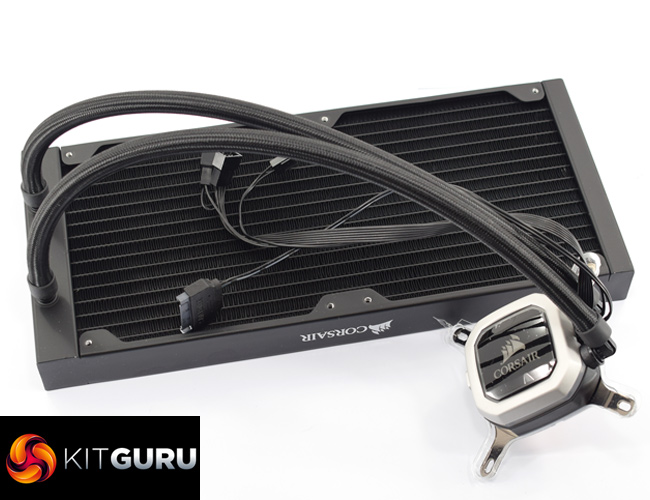
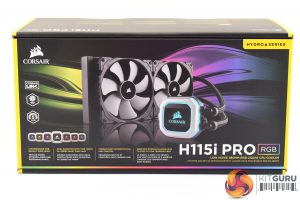
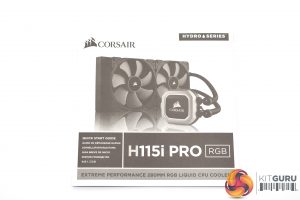

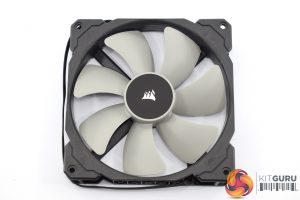
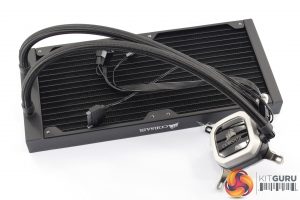
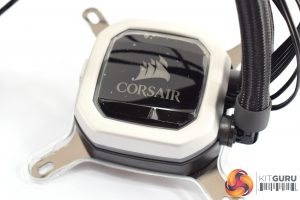
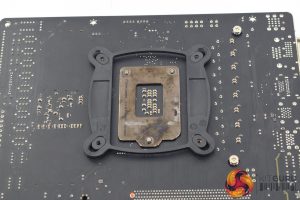
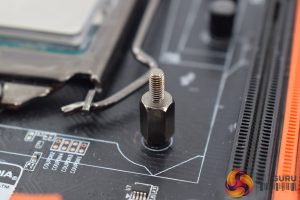
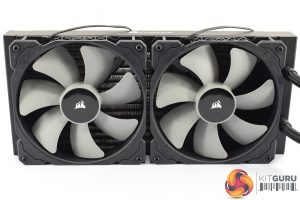
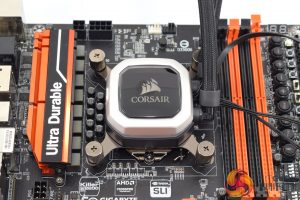
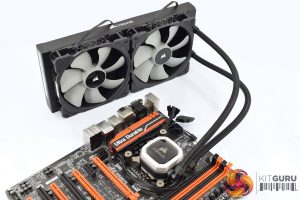
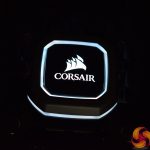
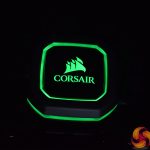
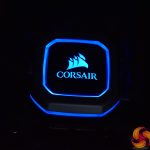
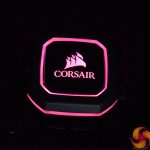
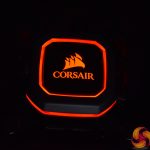
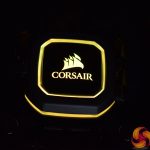
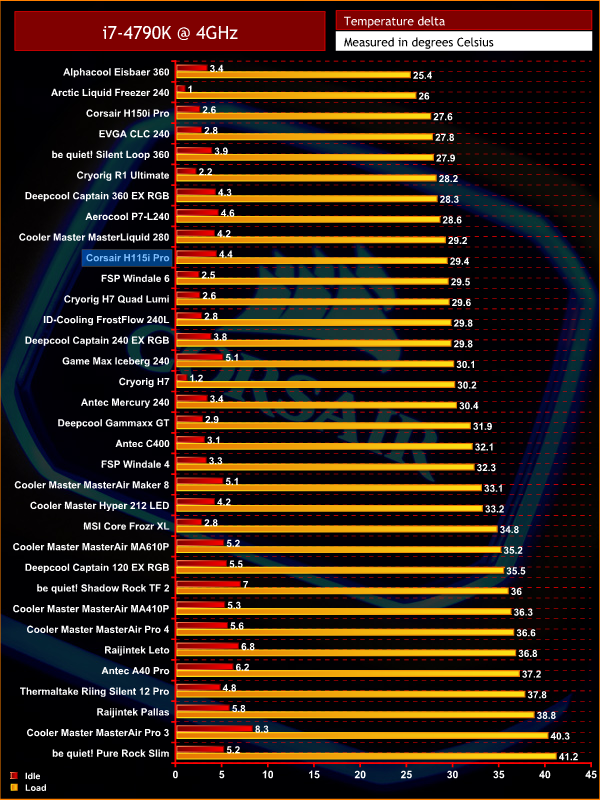
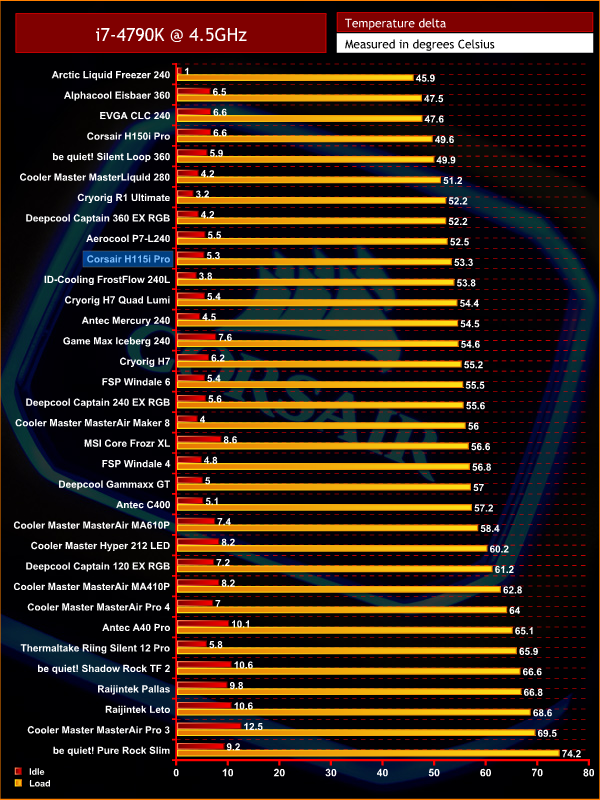
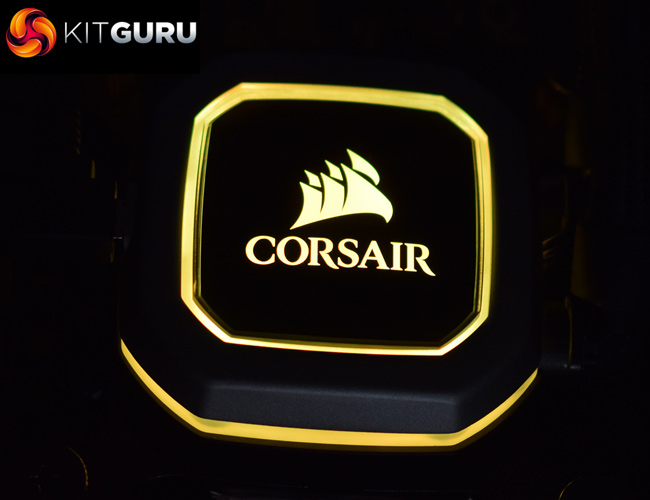



What I have to know is has Corsair asked for this not to be tested against other Corsair AIO’s such as the Hydro H115i?
Don’t understand your scoring. The Aerocool P7-L240 performs better than the Corsair H115i Pro, has good acoustics and costs less than the rival cooler. Yet they both score 8.5? Just because Corsair is a big brand and Aerocool is not perhaps?